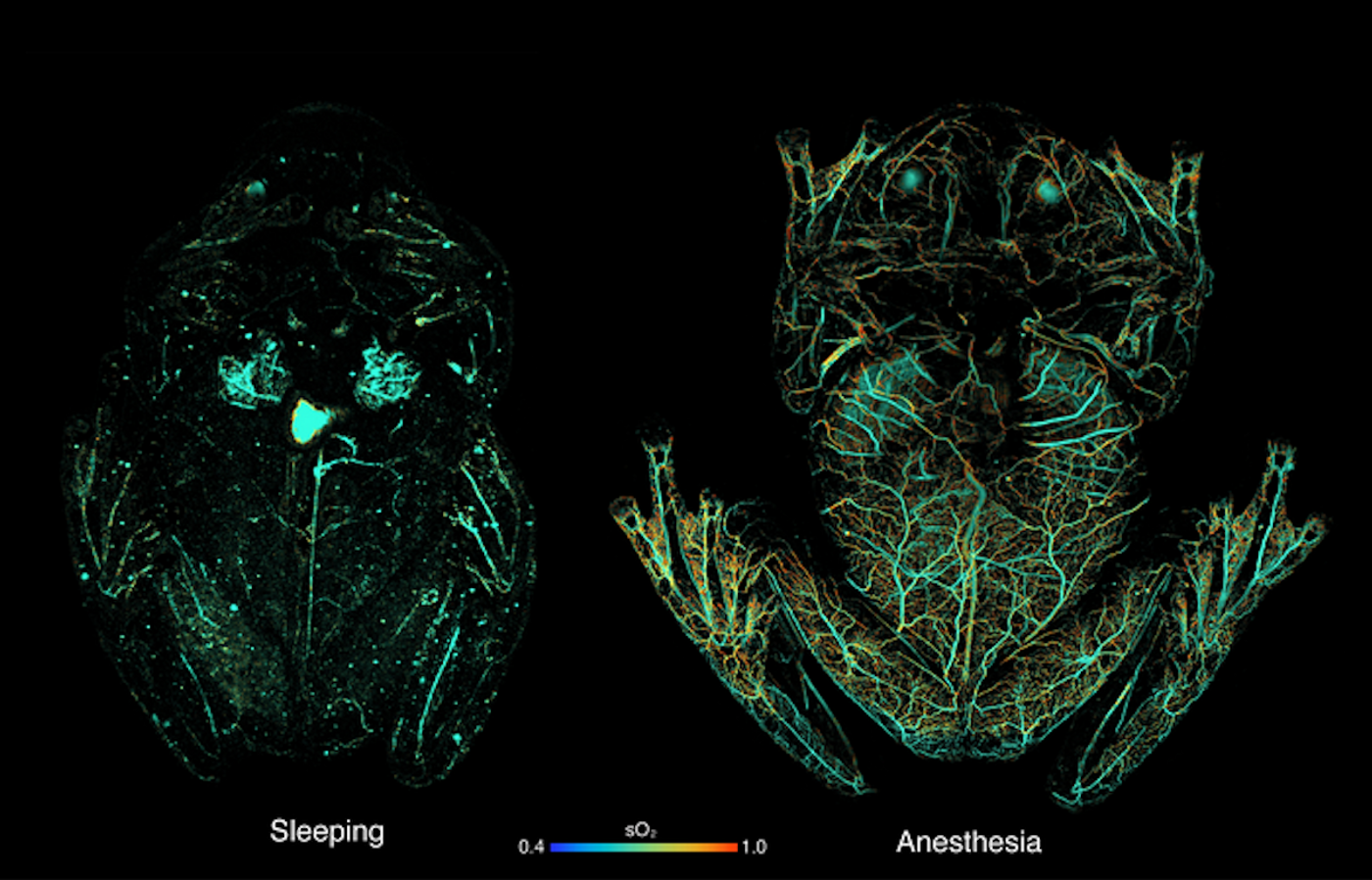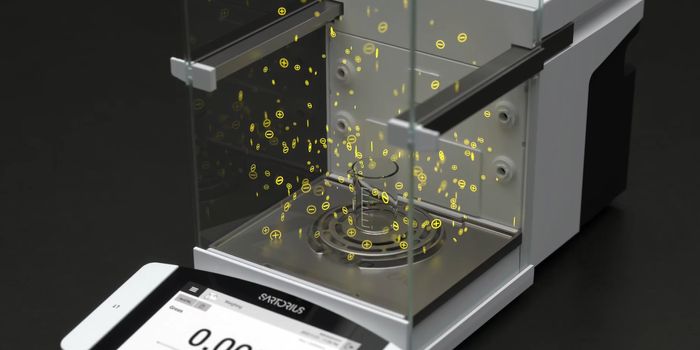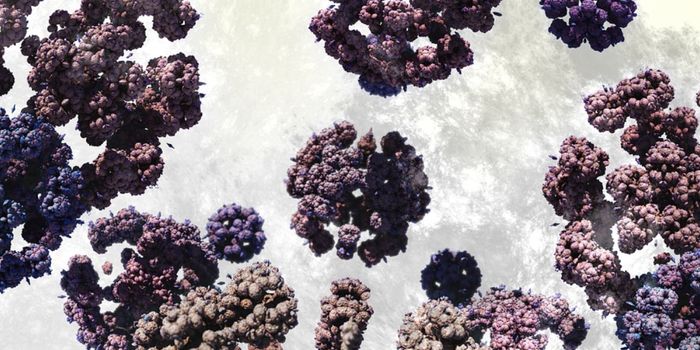To Be Transparent, Glassfrogs Hide Blood in Their Liver
Glassfrogs are challenging to see in nature, because they can easily blend in with their surroundings. These amazing creatures have green skin and are primarily active at night. But during they day when they're resting, they can make their skin and muscles transparent. New research has shown that they do this by removing red blood cells from circulation, and hiding those cells away in their livers. The findings have been reported in Science.
Although lots of marine creatures are transparent, this ability is less common in land-based animals. One major challenge for land-dwellers is how to deal with the many red blood cells that move through circulation. These cells can absorb green light. Most plants and vegetation is green, so the red blood cells really stand out against that contrasting background. Researchers noticed, however, that as glassfrogs achieved transparency, red blood cells seemed to be disappearing.
When a glassfrog goes to sleep on the bottom of a large leaf, their transparency enables them to match perfectly with the colors of vegetation, noted study co-author Carlos Taboada, a post-doctoral fellow at Duke University.
With imaging tests, the researchers obtained optical data that indicated that red blood cells were being pushed out of vessels in glassfrogs. The mechanisms underlying this phenomenon were tough to reveal, however.
Whenever these frogs are stressed, awake, or put under anesthesia, their circulatory system is loaded with red blood cells, making them opaque, noted study co-author Jesse Delia, now a post-doctoral fellow at the American Museum of Natural History. "The only way to study transparency is if these animals are happily asleep, which is difficult to achieve in a research lab. We were really banging our heads against the wall for a solution."
The team turned to a non-invasive technique called photoacoustic microscopy (PAM) in which tissue is exposed to a laser beam that gets absorbed and converted into ultrasonic waves. The sound waves can then be used to construct images of the molecules that absorbed the laser. No contrast dye is needed, and the red blood cells can act as a kind of contrast themselves, since different kinds of cells absorb and reflect specific light wavelengths, explained PAM specialist Junjie Yao, an assistant professor of Biomedical Engineering at Duke. "We could optimize our imaging systems to specifically look for red blood cells and track how much oxygen was circulating in the frog's bodies."
The researchers found that almost 90 percent of the red blood cells in glassfrogs were removed from circulation when the animals slept, and these cells were hidden away in the liver. Once the frogs were active again, the red blood cells came out of the liver to circulate once more.
Now the scientists want to know more about how glassfrogs can manipulate red blood cells in this way without causing clots or damage to tissues in the periphery. The study also shows that glassfrogs can be used as a research model, particularly when PAM is used.
Sources: Duke University, Science
-
MAY 07, 2024Is It Anti-RNP or Anti-Sm/RNP?
- See More
-
APR 30, 2024Immuno-Oncology Virtual Event Series 2024
-
MAY 07, 20243rd International Biosecurity Virtual Symposium
-
JUN 06, 2024The Future of Scientific Conferencing
- See More


















































